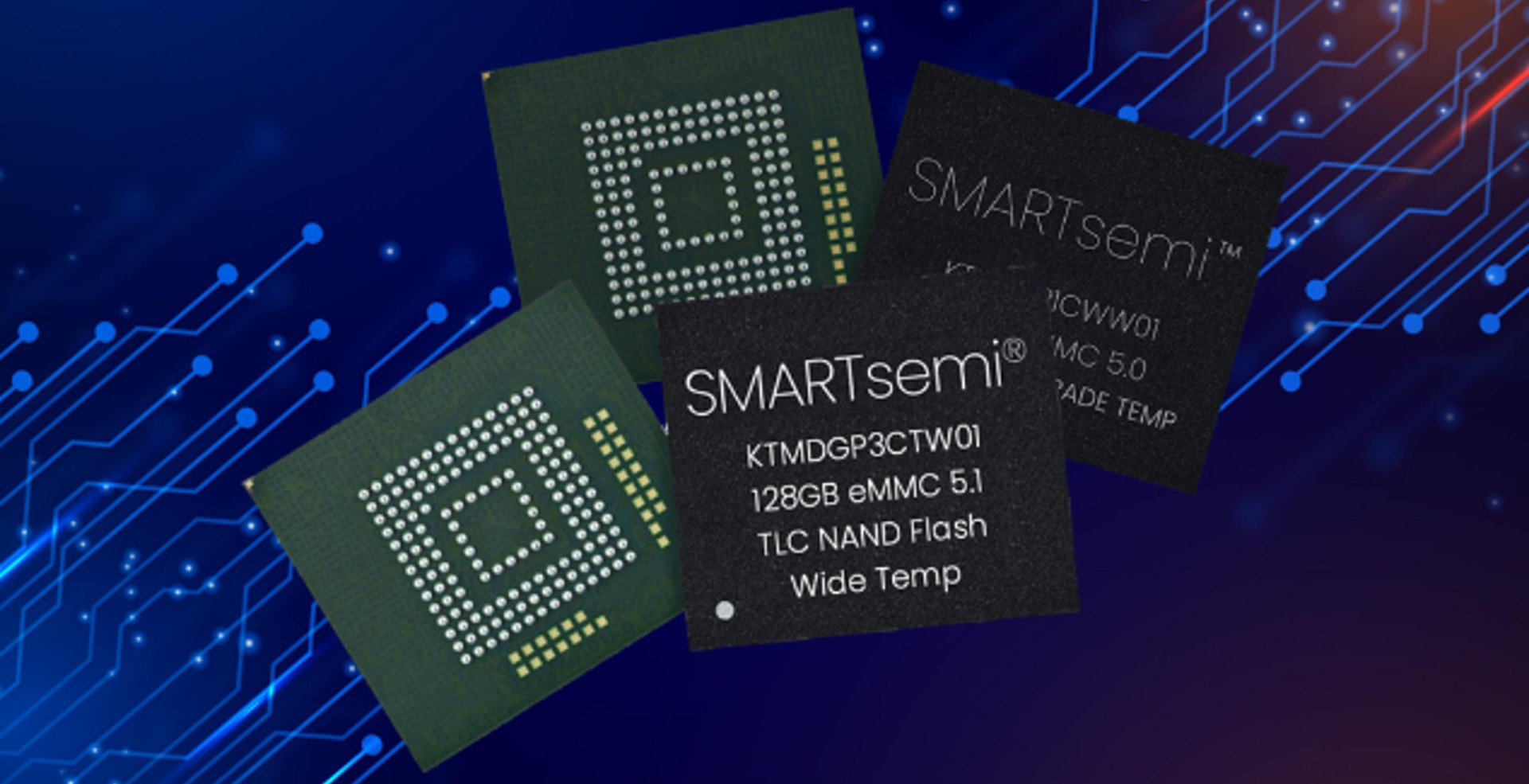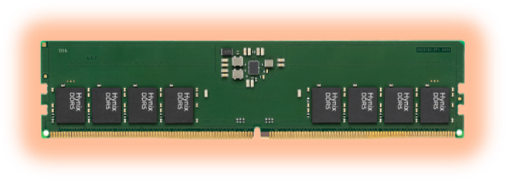System Design for Embedded Applications with eMMC

In a world where engineers are under constant pressure to deliver more with less, eMMC’s integrated architecture offers a practical path forward. By removing the complexity of raw NAND management and providing a reliable, flexible, and well-supported storage option, it enables faster time-to-market and greater confidence in long-term product performance. Its integration of NAND flash and a controller in a single package has become a quiet workhorse for embedded designs across industries. For many embedded applications, that balance of simplicity and dependability is exactly what’s needed.
A recent report on industrial wide-temperature eMMC reveals sustained growth in sectors such as industrial automation, automotive, aerospace, and medical devices. These applications demand storage that performs reliably in extreme conditions, precisely where eMMC’s integrated controller, compact form, and standardized interface shine. The report projects the industrial wide-temperature eMMC market growing robustly through the second half of this decade, driven by ongoing demand for rugged, dependable embedded storage.
Integration Means Less Engineering Overhead
Designing embedded systems often means balancing reliability, cost, and development complexity under tight timelines and product lifespan constraints. eMMC (embedded MultiMediaCard) remains a dependable solution precisely because it integrates NAND flash and a controller within a single package, streamlining storage implementation for embedded systems.
With raw NAND, system designers must develop or license a Flash Translation Layer (FTL), handle wear leveling, error correction, and manage bad blocks. These tasks aren’t trivial: they demand firmware expertise, significant validation effort, and can introduce reliability risks if not handled perfectly. This drains engineering resources, complicates validation, and can introduce reliability risks. eMMC elegantly offloads all of this. By incorporating the controller alongside the flash memory, it delivers a managed storage system that is effectively plug-and-play. For many OEMs, this significantly accelerates design cycles and reduces the chances of critical errors.
Built-in Reliability Features
Beyond simplifying development, eMMC integrates functions like error correction code (ECC), bad block management, and wear leveling at the hardware level. These features ensure data integrity and predictable performance without requiring developers to reinvent storage management logic. In industries like automotive, industrial control, or medical devices, where failures can have significant consequences, this built-in reliability is a major advantage. It allows engineers to focus on their application rather than low-level storage management.
Boot and Power Management Functions
eMMC also supports system startup and power efficiency. Many eMMC devices include dedicated boot partitions that are physically separate from user data. This ensures that operating systems can load quickly and reliably without competing with other storage tasks. In addition, eMMC supports efficient power states and commands, such as sleep and wake, which minimize power draw in standby and reduce overall system consumption. These features make it particularly well-suited for embedded systems that must balance fast, predictable startup with strict power budgets.
Design Flexibility in a Compact Form Factor
eMMC also offers a standardized interface defined by JEDEC, meaning it can be integrated easily across different system architectures. The compact package size makes it especially attractive for space-constrained devices, from IoT sensors to consumer electronics. Designers benefit from standardized support for bus widths, voltage ranges, and performance tiers. This enables smooth porting across SoCs and long-term design stability, making eMMC a robust choice for enduring embedded products. Features like multiple bus widths and low-voltage operation provide flexibility for applications where both performance and energy consumption matter.
Capacity and Performance That Fit Just Right
While eMMC is not designed to compete with the blistering speeds of SSDs or UFS storage, it delivers ideal level speeds and reliable performance for many embedded workloads. Capacities ranging from a few gigabytes to hundreds of gigabytes are more than sufficient for storing operating systems, application code, and user data in devices like set-top boxes, industrial equipment, and vehicle infotainment systems. With sustained sequential speeds up to ~400 MB/s in eMMC 5.1, and features like command queuing, it offers strong responsiveness without overburdening the host system. Performance is stable and predictable, qualities that are often more important than sheer speed in embedded applications.
A Proven Choice for Embedded Design
Because it integrates storage management and reliability features directly into the device, eMMC reduces development complexity, accelerates design cycles, and ensures consistent performance in the field. This combination explains why, even in 2025, it remains a trusted solution across embedded applications. eMMC remains the default storage medium in connected devices, precisely because of its ease of integration and reliability. That ongoing validation across sectors underscores its continued relevance for engineers making design decisions today.
SMARTsemi is your supply chain partner for DRAM components, eMMC solutions, and SD/microSD Flash Memory Cards for long-life applications. With 20+ years of industry experience, we understand your challenges and have aligned our priorities with yours to simplify your memory chip supply chain for the long run. We know what you need before you need it. Get a jump start and request a sample today.







